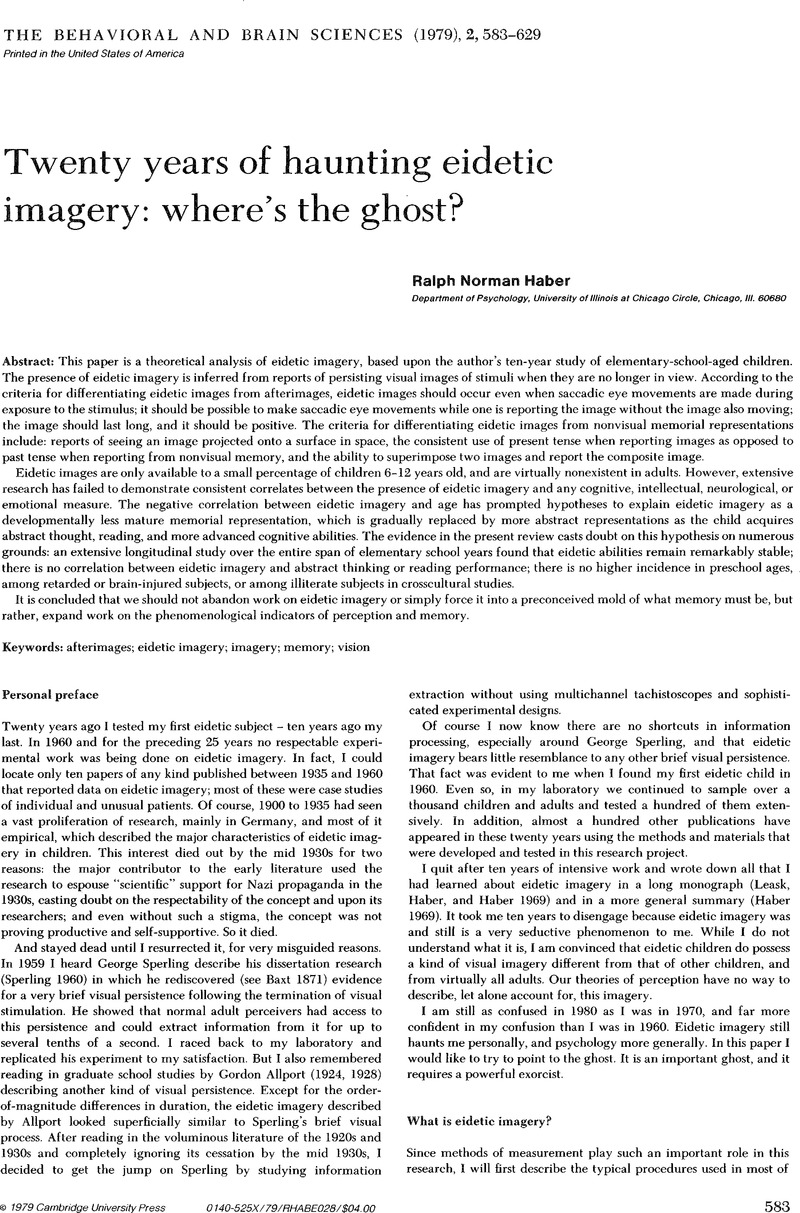Crossref Citations
This article has been cited by the following publications. This list is generated based on data provided by Crossref.
Halverson, John
1992.
Paleolithic Art and Cognition.
The Journal of Psychology,
Vol. 126,
Issue. 3,
p.
221.



